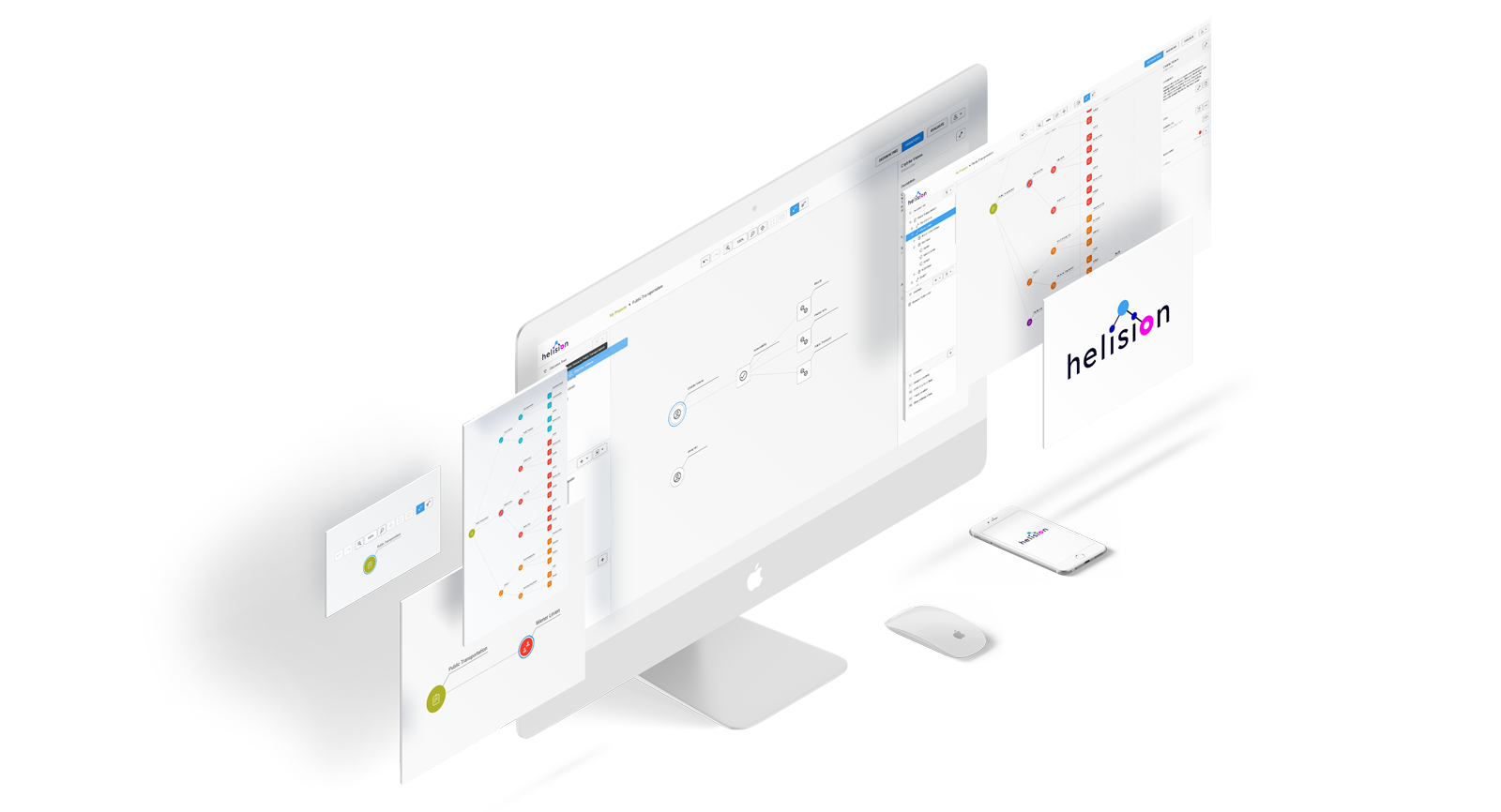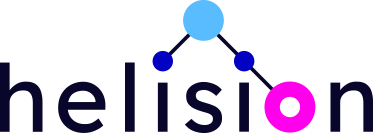HOW WE WORK
Consultation
Full Support from BI to Decision
SIDING WITH CLIENTS
6 Steps of Conscious Decision
Identifying the decision problem:
What is the decision about? What should be included and what excluded? Setting up base for the project: The Current State; Requirements; Goal Formulation
Structuring the problem:
Identifying the various aspects of the problem by involving a wide horizon of perspectives. Then alternatives should be identified to sketch up possible strategies for the given decision situation.
Capture Information:
In different domains and different functions of the Helision software collecting relevant data might differ case to case. In some cases, i.e. City Planning we use the Quad Helix Model to create BI, in other domains we list up consequences, set up perspectives, etc.
Modelling the Problem:
Helision software is the arena of problem modelling, where the user will be able to make wiser decisions, and take only well calculated risks. We tutor new users to understand how it works.
Evaluate the Model:
During the evaluation phase the alternative actions are analysed in lots of different ways: maximising the expected utility, risk profiles, degrees of safety and security, and sensitivity analysis.
Decision Basis with Ready Recommendations:
Together with the client we create a sterling base of results and recommendations to reach sound and high value decisions.

Sound and High Quality Decisions
A decision is often judged by its outcome.
If we know why a certain decision was made and a particular alternative was chosen and this information was well-documented and could be conveyed reasonably quickly, then we can say that the decision was well-founded and the result is sound.
Quality of the decision is built on a process of utilizing the right information at the right price, presenting in the right way and to the right person at the most appropriate time.
Every decision is unique independently of the problem, the organization, and decision makers, because by the constantly changing conditions the decision context will be different.
By framing the problem in the right way we avoid the “error of third kind”, finding the right answer for the bad question.
We together create a sound decision basis, we distinguish problems from opportunities, we define the high value stakeholders who play an important role during and after the decision management process, and we detail strategies by which we’ll master the long term objectives.

